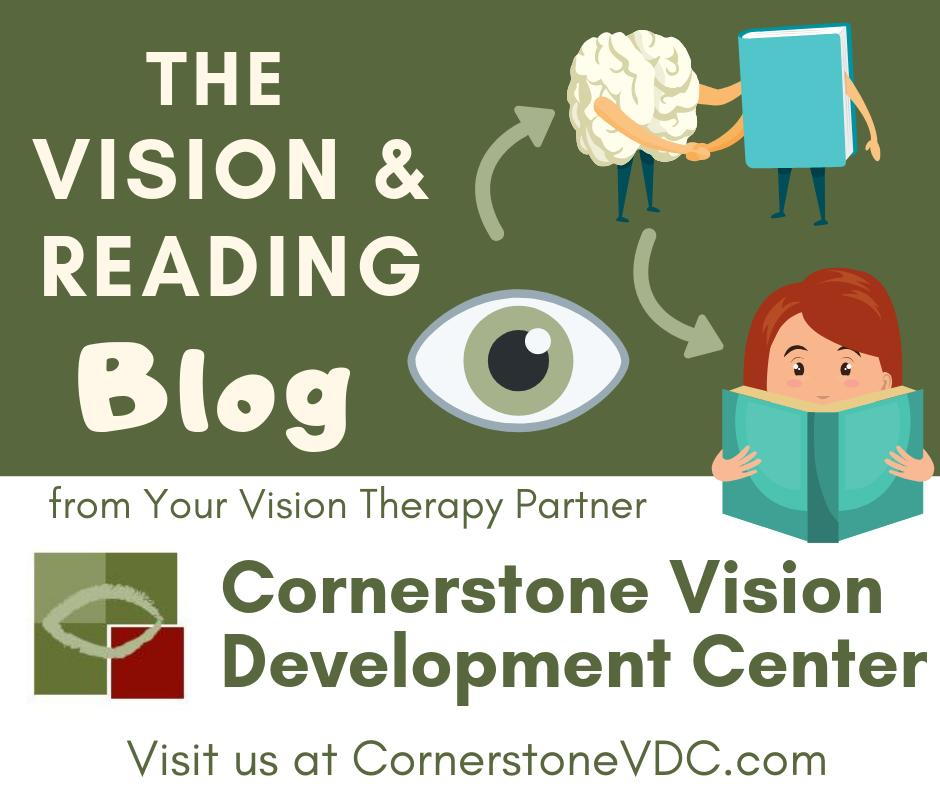
Amblyopia or Lazy Eye
|
Dr. Philip Raber OD is Stark and Wayne County’s expert in vision therapy and treating amblyopia without the patch! Dr. Raber is a developmental optometrist and fellow with the College of Optometrists in Visual Development. Dr. Raber is passionate about correct visual-related learning problems by helping children build visual skills so they can see better and read better. If you or a family member are seeking treatment for visual headaches, reading problems, amblyopia (lazy eye), strabismus (eye turn), vision fatigue, or other learning-related vision problems, Dr. Raber and his experienced, certified staff of vision therapists provide comprehensive vision testing including sensory-motor and perceptual testing, as well as primitive reflex integration and reading skills testing. At Cornerstone Vision Development Center, Dr. Raber offers full testing and vision therapy services for patients recovering from traumatic brain injury like stroke and concussion and patients struggling with reading because of visual-learning deficit. Visit CornestoneVDC.com to learn more about. Dr. Raber and vision therapy or call Cornestone’s Canton Office at 330-451-2040 or Cornerstone’s Kidron office at 330-816-003. Learn more about amblyopia from our friends at COVD and WOW Vision therapy!Amblyopia is commonly known as a “lazy eye” and is described as reduced vision in one eye compared to the other. Less commonly there are forms of amblyopia that involve both eyes. According to the National Institute of Health, amblyopia is the most common cause of visual impairment among children. A “lazy eye” is not lazy at all. Recent research has shown that amblyopia is a disorder of the brain’s ability to use both eyes together as a team.[1] Amblyopia is an active process due to suppression, or the brain actively ignoring the information coming from one eye. In addition to poor visual acuity, people with amblyopia are more prone to have difficulties with depth perception, eye movements related to reading, and visual decision making while driving.[2] Amblyopia develops in childhood due to:
It is important to note that a child with amblyopia rarely has any symptoms. Comprehensive eye examinations are the best way to identify children who are at risk for or already have amblyopia. Treatment of AmblyopiaAmblyopia is treatable at any age, although the earlier the problem is found and treated, the more successful the outcomes tend to be. Until recently, patching the better seeing eye was the only proven method of treating amblyopia. Recent research has shown that a binocular approach to treating amblyopia may be an effective alternative to patching.[3,4] Treatment that relies less on patching may avoid unnecessary emotional stress on a child or their family.[5]
Dr. Raber is experienced and knowledgeable in diagnosing and treating amblyopia.
References |
